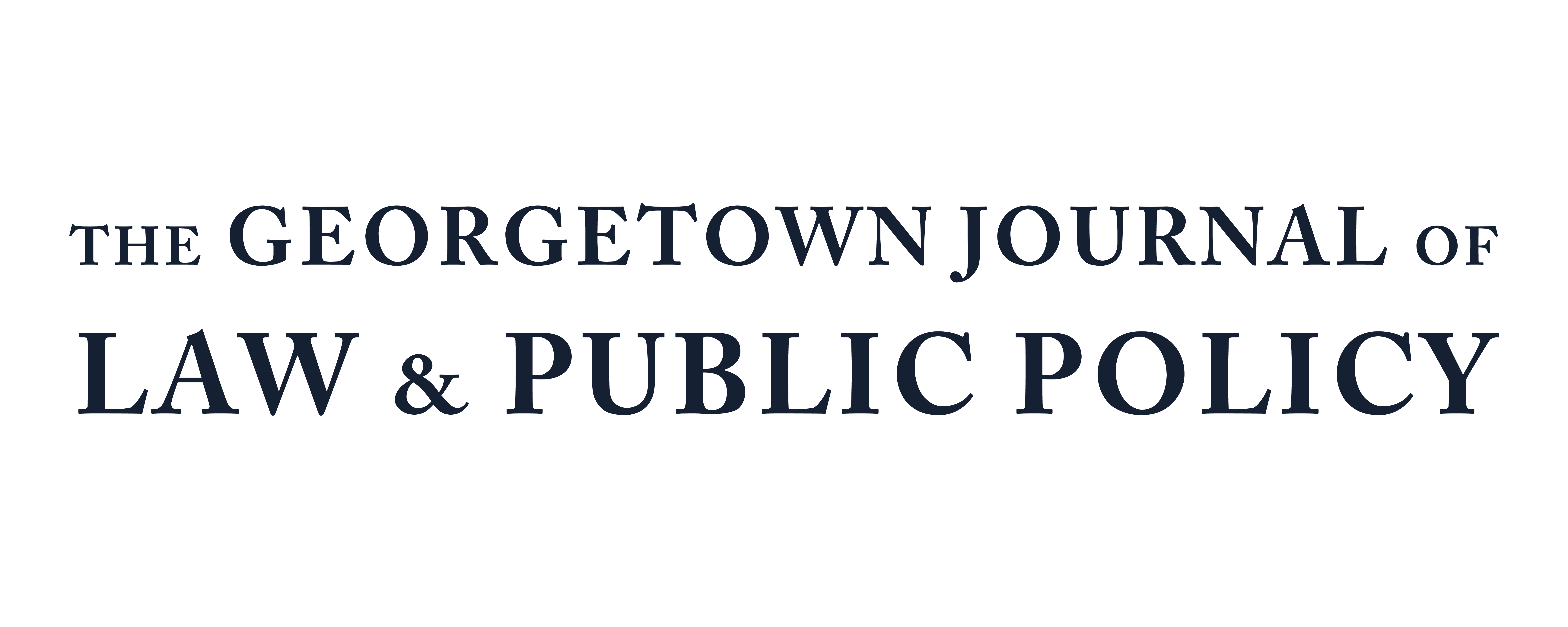The Janus-Faced Second Amendment: Looking Backward to the Renaissance, Forward to the Enlightenment
The present debate over interpretation of the Second Amendment focuses on whether it was intended to guarantee the existence of the militia as a system or to guarantee an individual right to arms. The purpose of this Article is to demonstrate this is a false dichotomy: the Second Amendment was meant to guarantee both. There were those of the Framing generation who feared a standing army and valued the militia as an institution, and those who feared that the new government would disarm the people and valued an individual right to arms. The Second Amendment has two clauses because it was meant to assure both groups. This understanding meets a standard test of science: it explains all observed data, and is inconsistent with none.
The practical significance of this is that we cannot interpret the right to arms as limited to the militia, or as an exclusively militia-centric right.
Further, this Article will suggest that the modern National Guard is not, and was not intended to be, the militia referenced in the Constitution. The militia of the Constitution were intended as a state-officered and controlled force, subject to certain protections (chiefly that they could not be deployed outside the United States). The modern National Guard was created under the Army, not the Militia, Clause of the Constitution, as a reserve component of the Army, federally officered and controlled, and subject to service overseas.

